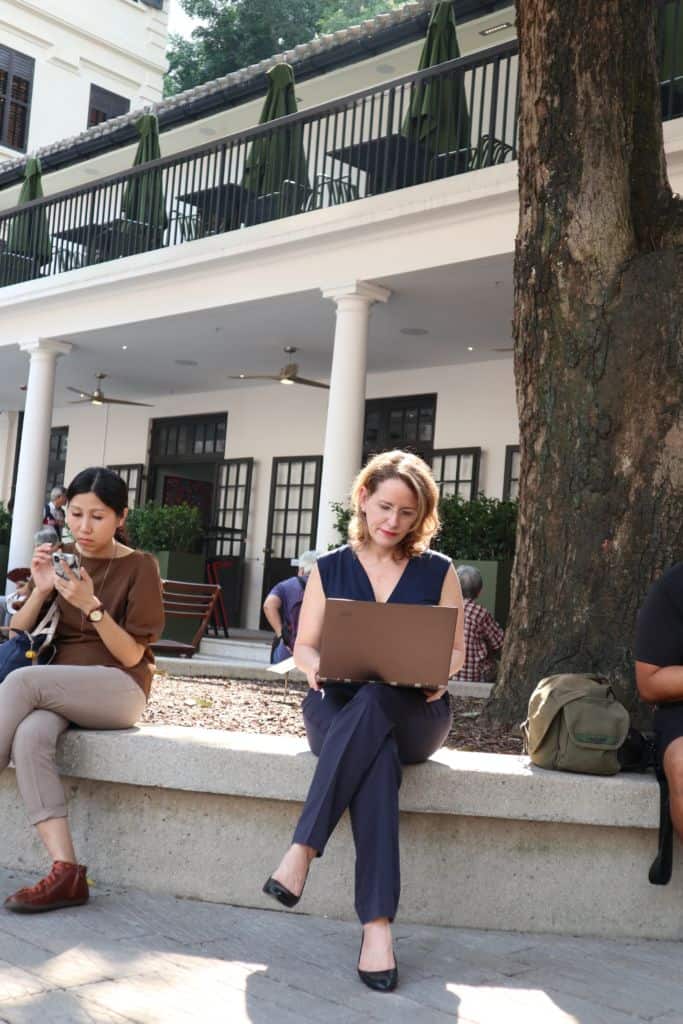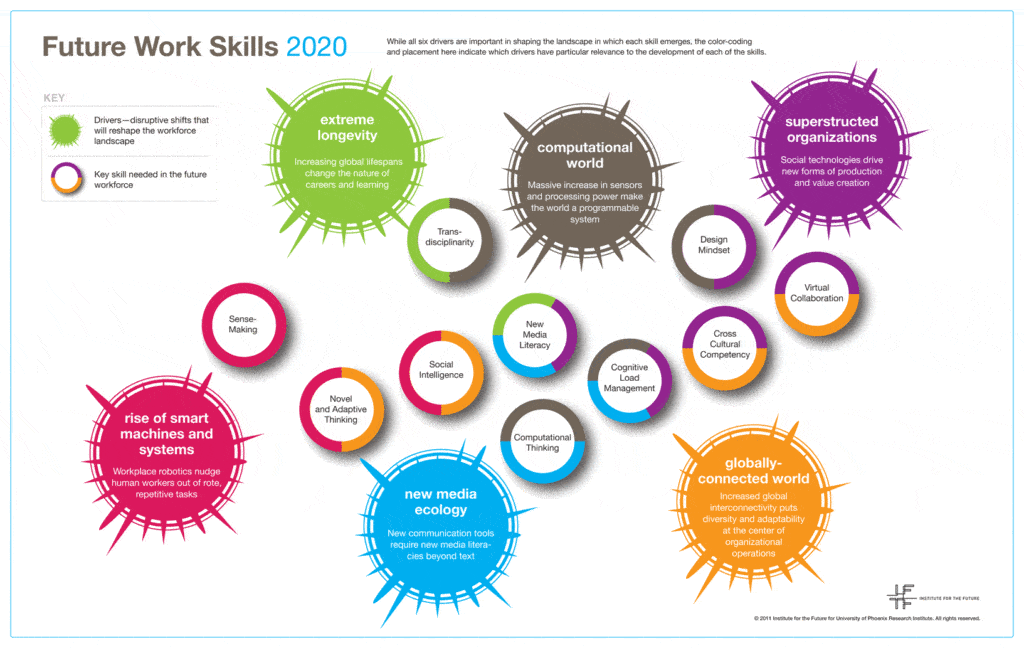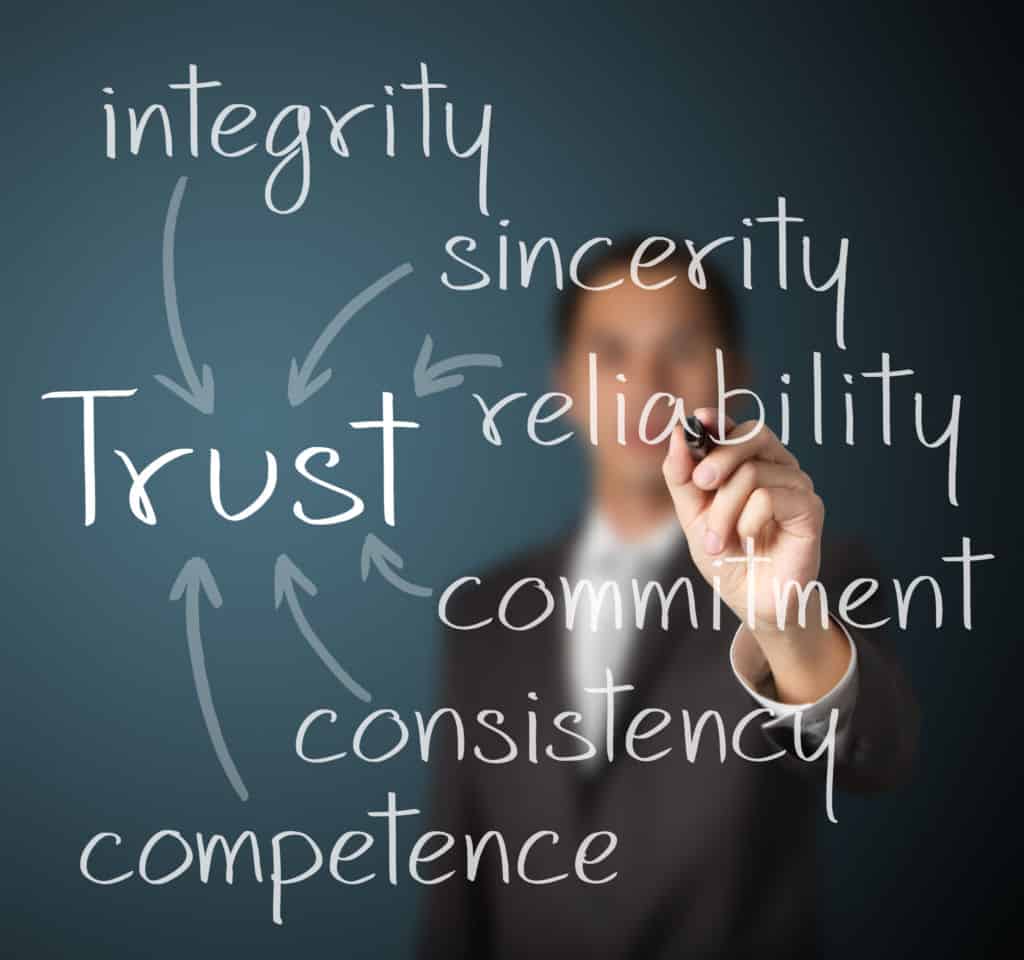How to Build Trust and Teamship, Virtually

In the long history of humankind (and animal kind, too) those who learned to collaborate and improvise most effectively have prevailed. —Charles Darwin
Making Virtual Work, Work
Today’s world of work requires us to leave the competitive, “silo” mindset of most large corporations and bureaucracies behind. But to do so we must embrace the challenges and opportunities of working collaboratively and virtually.
Distributed work is the practice of hiring people across the globe, usually working from their home office or a co-working space. It allows companies to have a larger labor pool at reduced costs, save on real estate fees, and allows for better diversity and flexibility for employees.
It’s also in line with how management is changing. Research from lecturer Todd Jick of Columbia Business School shows that “hierarchies are flattening and ‘horizontal cascades’ of messaging are becoming more common”.
Collaboration – including intercultural competence, managing virtual connection, and personal awareness – is one of the most important superpowers we can develop.
Virtual Collaboration is Key to Future Proofing
Technological changes, global communications, and the scale and the complexity of the issues we collectively face make it likely that virtual collaboration will become more common, not less.
As a result, The Institute of the Future even names “virtual collaboration” as one of its ten key competencies for the future of work. We aren’t taught how to manage a globally distributed workforce at school. This requires new skills to hire, engage and develop people that are rarely provided.
We need to learn how to plan, communicate, and deliver globally and virtually.
Virtual Disconnect
The combination of global and tech creates a virtual disconnect. Distributed teams are scattered across towns, across the country, or around the world. A lot of information can go undetected on calls when we don’t have time for idle but beneficial conversation. Sometimes the connection is poor. In other cases, it is difficult to get to know other staff.
Building Virtual Trust
Building relationships and trust is the glue that binds a virtual team and it takes work. Shared content, virtual coffee breaks and team games have all been shown to build a sense of shared pride and lessen the sense of isolation people feel when not gathering at an office every day.
Teams need to form their own norms and to build relationships and trust, which starts at the top. “You have to trust your employees from the day they walk in the door. That’s why you hired them. And you shouldn’t have to see them to trust them — if you do, that’s another issue.” Anne Donovan, U.S. People Experience Leader at PwC says in an article about their flexible work strategy.
Auttomatic, parent company of wordpress.com, has over 800 employees worldwide and has been a pioneer of the distributed workforce. Founder, Matt Mullenweg, explains in his TED talk how globally sourcing the best people, then giving them autonomy and control over their work is a huge competitive edge. His suggestions? Document everything, communicate and try to gather face-to-face occasionally, as they do in their annual “Grand Meetup”.
Leading Virtually
As a manager, it’s very important to fully understand what brings people together on a team. Have face-to-face interactions, even via video calls, as often as possible. Understand each person’s motivation and desires. Learn what each person is bringing to the team. Assess work expectations and ethics. Recognize achievements.

In my team, across Asia-Pacific, we had a tradition of everyone sending in an email or paper to paste into birthday cards so that people received a personalized birthday message from the regional team on their birthday. Other times I might just drop a note in the mail to say, “Thanks for your efforts”. Either way it was personal and connected people between our twice a year sales meeting.

This is time well spent, especially with the history of high turnover within virtual teams spread across multiple countries. The biggest indication of potential turnover? People not feeling like they belong. Sometimes, working solo can be too difficult for the manager or employee. It’s OK to give up and reassess.
Whatever processes you use, recognition and belonging ensure teams thrive, even if most of your team is dialing in from the courtyard or the living room couch.

